If you have ever tried to paint a room and ended up with paint on the doorframe and floor, you know the frustration of blocking paint. Because sometimes, no matter how much you try to avoid it, paint ends up where you don’t want it.
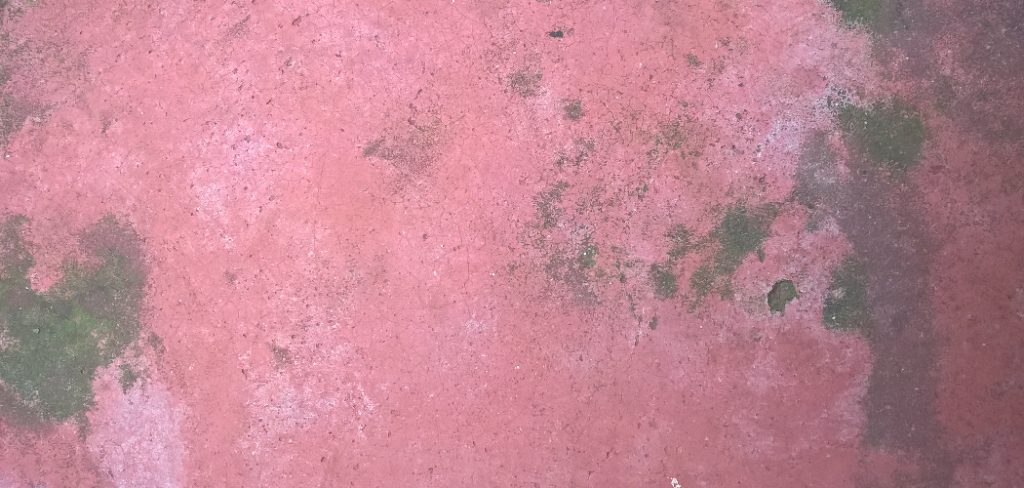
There’s nothing worse than getting through painting your nails only to find out that you’ve blocked one with the paintbrush. Here’s a simple methods on how to fix blocking paint and return to your beauty routine.
Summary: Blocking paint is when paint dries in a way that prevents the layers of paint beneath it from adhering. To fix this issue, sand away the outer layer of blocking paint to expose the fresh paint. Use a fine-grit sandpaper and move in circular motions over the area until the surface is even and smooth. Clean any dust away and apply primer before adding a new coat of paint.
What Causes Paint Blocking?
Paint blocking can be caused by a few different things. The most common culprit is using the wrong paint for the surface you’re trying to cover. If you’re painting a surface that’s particularly glossy, like a countertop or tile backsplash, using high-gloss paint can cause the new paint to have trouble adhering. The paint may also be too thick or have a poor consistency, which can cause it to start peeling soon after you’ve applied it.
10 Simple Methods on How to Fix Blocking Paint
Method 1: Use a Finishing Additive
Adding a finishing additive to your paint can help reduce the appearance of brush strokes and give your paint job a more uniform finish. You can find finishing additives at most hardware stores or home improvement centers. Alternatively, you can also use a clear glaze over the top of your paint to achieve a similar effect.
Method 2: Use the Correct Brush
Using the correct brush for your paint job is essential to achieving a smooth finish. Choose a natural bristle brush for oil-based paints and a synthetic brush for water-based paints. Avoid using a foam brush, as these can often leave behind visible brush strokes. Better go for a high-quality brush designed for the type of paint you’re using.
Method 3: Use a Roller
Applying paint with a roller is one of the best ways to achieve a smooth, even finish. Be sure to use a lint-free roller cover and roll in one direction only. For best results, start at the top of your wall and work your way down. Then go to the other side of the room and roll back up to the top, working in small sections.
Method 4: Thin Your Paint
If your paint is too thick, it can cause brush strokes and an uneven finish. To thin your paint, add water until it reaches the desired consistency. Be sure to mix well before painting. You can also use a paint conditioner to thin your paint and help reduce brush strokes. This is the best method to use if you’re painting with high-gloss paint.
Method 5: Use a Paint Extender
Paint extenders can help improve the flow of your paint and reduce brush strokes. They also increase the drying time of your paint, giving you more time to achieve a smooth finish. You can find paint extenders at most hardware stores or home improvement centers.
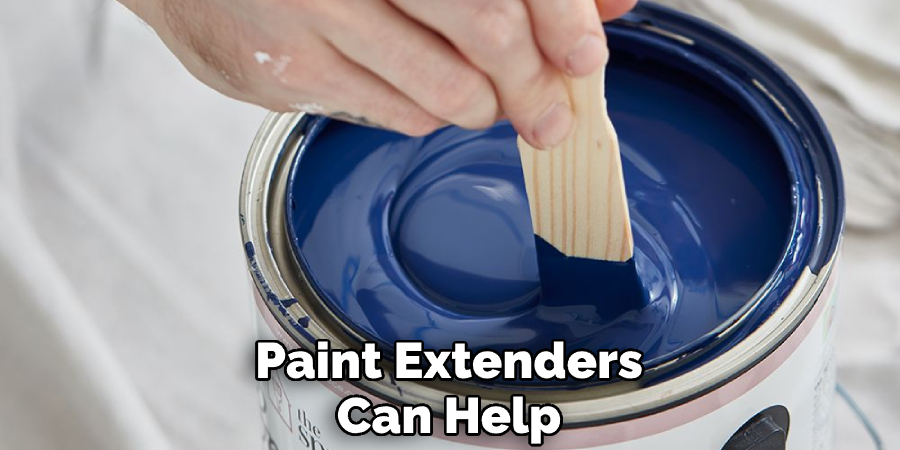
Method 6: Use a floated finish
A floated finish is achieved by using a special tool to smooth the paint surface after it has been applied lightly. This technique can help reduce the appearance of brush strokes and give your paint job a more uniform finish. You can find floating tools at most hardware stores or home improvement centers.
Method 7: Use a sprayer
A paint sprayer is one of the best ways to achieve a smooth, even finish. Be sure to use a high-quality paint sprayer and follow the manufacturer’s instructions carefully. For best results, start at the top of your wall and work your way down. Then go to the other side of the room and spray back up to the top, working in small sections.
Method 8: Use an HVLP paint sprayer
A high-volume low-pressure (HVLP) paint sprayer is a specialized type of paint sprayer that can provide a smooth, even finish with less overspray. This is very common among professional painters and is less likely to cause blocking.
If you’re using an HVLP paint sprayer, thin the paint according to the manufacturer’s instructions. Thinners can vary depending on the type of paint, so be sure to read the label carefully. Some HVLP paint sprayers have a built-in thinning feature that automatically adjusts the amount of thinner used.
Method 9: Use a paint conditioner
Paint conditioners can help improve the flow of your paint and reduce brush strokes. They also increase the drying time of your paint, giving you more time to achieve a smooth finish. The best paint conditioners on the market are made by Golden Paints and Liquitex.
To use a paint conditioner, simply add it according to the manufacturer’s instructions. Generally, you’ll want to use about 2-4 ounces of paint conditioner per gallon. Once you’ve added the conditioner, mix it thoroughly and apply it to your surface as usual.
Method 10: Use a higher quality paint
While it may cost more upfront, using high-quality paint will save you time and money in the long run. Higher quality paints flow better and require less effort to achieve a smooth finish. They also tend to have fewer brush strokes, making your walls look more even and professional.
If you’re struggling with blocking paint, try upgrading to a higher-quality brand. You may be surprised at how much easier it is to work with and how much better your walls will look.
Paint blocking is a common problem that can be frustrating. Luckily, there are a few simple ways to fix it. By following the tips above, you can say goodbye to blocked paint and enjoy smooth, even walls in your home.
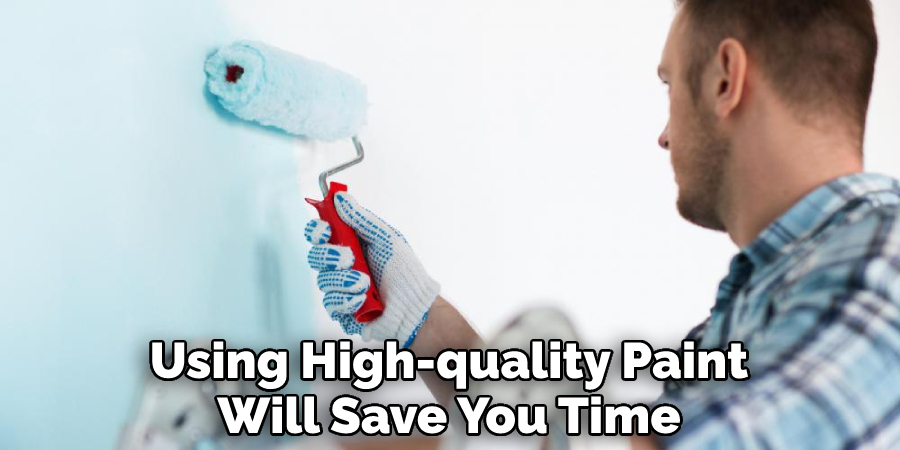
Essential Tips You Need to Know to Avoid Fixing Blocking Paint
The best way to prevent paint blocking is to invest in a quality primer. A high-quality primer will help ensure that the paint adheres properly to the surface and doesn’t chip or peel.
It’s important always to follow the manufacturer’s instructions when painting. This includes allowing adequate drying time between coats and using the proper tools and techniques. By following these simple tips, you can help prevent paint blocking and ensure a beautiful, smooth finish.
1. Blocking paint usually happens when you use the wrong paint for your project. That’s why you should consult a professional painter before starting your project.
2. The best way to avoid blocking paint is to use a high-quality primer. This will help the paint to adhere better to the surface and prevent it from peeling or flaking off.
3. If you do end up with blocking paint, the first thing you should do is remove the paint from the surface. You can do this by sanding or using a paint stripper.
4. Once the paint is removed, you’ll need to clean the surface before repainting. This will help to ensure that the new paint adheres properly.
5. When choosing a new paint, be sure to select one that is specifically designed for the surface you’re painting. This will help to prevent future problems with blocking.
6. Always apply a primer before painting. This will help the new paint to adhere better and prevent it from peeling or flaking off.
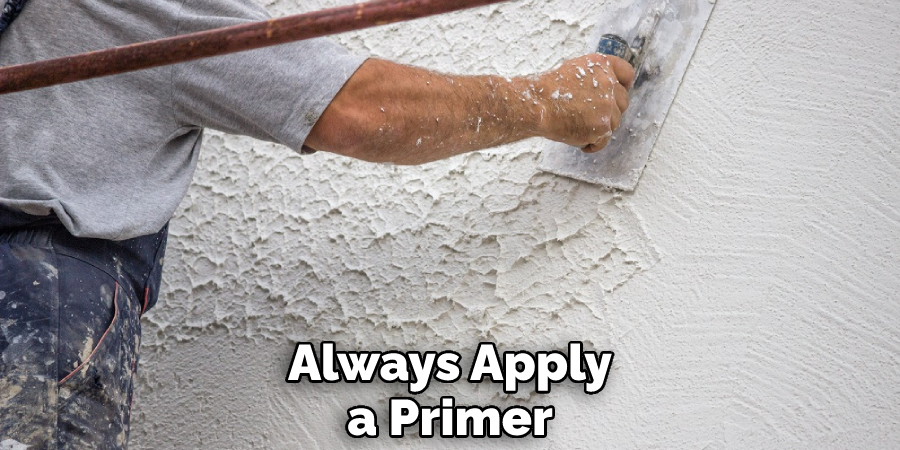
7. If you’re painting over a dark color, use a white primer. This will help brighten the paint color and prevent it from looking dull.
8. Be sure to use painter’s tape when painting around edges or areas that you don’t want painted. This will help to ensure a clean, professional finish.
9. Use a drop cloth or plastic sheeting to protect flooring and furniture from paint drips and spills.
10. When painting, always start with the ceiling and work your way down. This will help to prevent paint drips and streaks.
Once you’re finished painting, be sure to clean up your supplies. This will help to prevent any problems with paint in the future.
Following these essential tips, you can avoid blocking paint and ensure a professional-looking finish.
What is Blocking Resistance in Paint?
Blocking is a type of paint failure in which the paint film adheres to itself or the surface it is supposed to be coating, making it impossible to apply evenly—blocking resistance measures a painter’s ability to resist this type of failure.
There are several blocking causes, but the most common is incorrect paint formulation. Other causes can include poor surface preparation, wrong application methods, and environmental conditions that are too hot or humid.
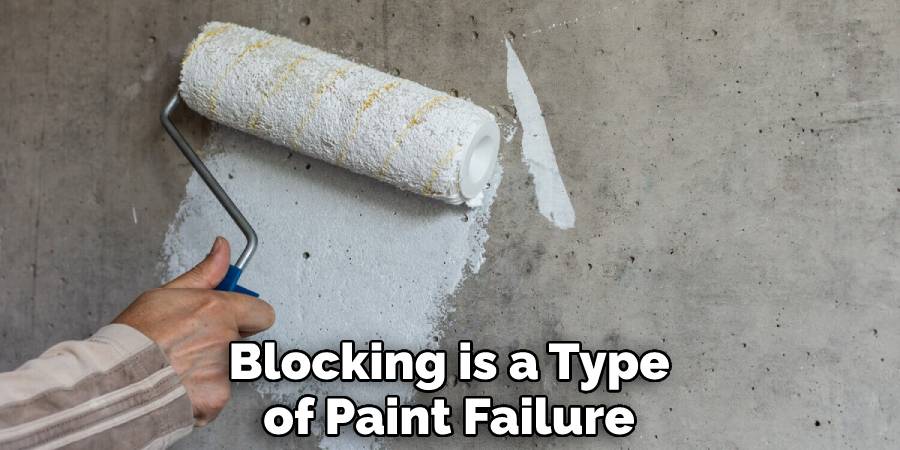
Conclusion
So, if you’re experiencing blocking paint, what can you do about it? The good news is that there are a few potential solutions. First and foremost, consult with your painting contractor or manufacturer to see if they have any tips or recommendations for fixing the issue.
If not, try one of these methods: cleaning the surface before painting, priming the surface before painting, using a bonding primer/sealer, or using a higher-quality paint. With a little bit of effort and some experimentation, you should be able to find a solution that works for your specific project and prevents blocking paint from ruining your hard work.
Have you ever experienced this problem while painting? After reading this article on how to fix blocking paint, what method did you use to fix it?
